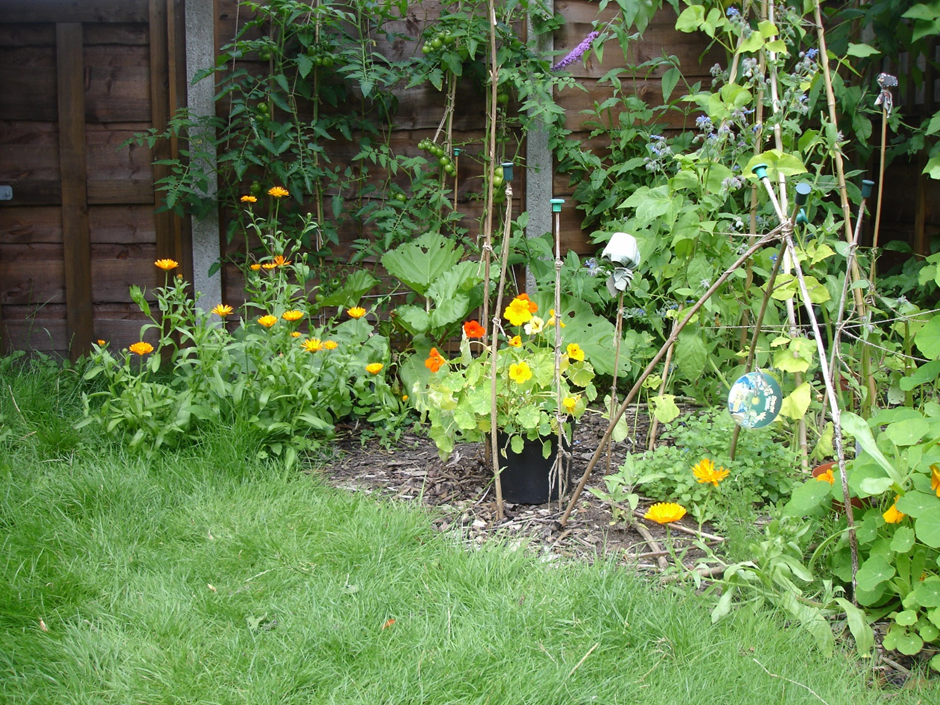By Alec and Sheila Bayliss on behalf of SLH
Are you thinking about how you could make your garden more eco-friendly? What we choose to grow in our own gardens can have a big impact on local biodiversity. We’re not experienced gardeners ourselves, but here are some things we tried in our garden last year.
Planting Crops and Flowers Together
Instead of focussing on just one type of plant in your garden, such as only vegetables, including many species of plants together can increase biodiversity. This may not look as pretty as a garden full of flowers, or give as much produce as a garden full of vegetables, but it’s better for nature to have all kinds of plants growing together.
In this bed, we had tomatoes, calendula (pot marigold), nasturtium, gigantes runner beans, borage, sage, chamomile, and oregano (all grown from seed).

In these beds, we planted a mix of calendula, borage, nasurtium and runner beans. We did also plant three types of perennial greens, of which only the sorrel did really well (the other two we will try again next year).
Planting Native
Native plants can increase biodiversity by supporting bees, butterflies and other insects, providing them with food and shelter needed for survival. This is beneficial to you also, as some insects eat pests and act as natural pest control, such as ladybirds, many of which eat aphids.
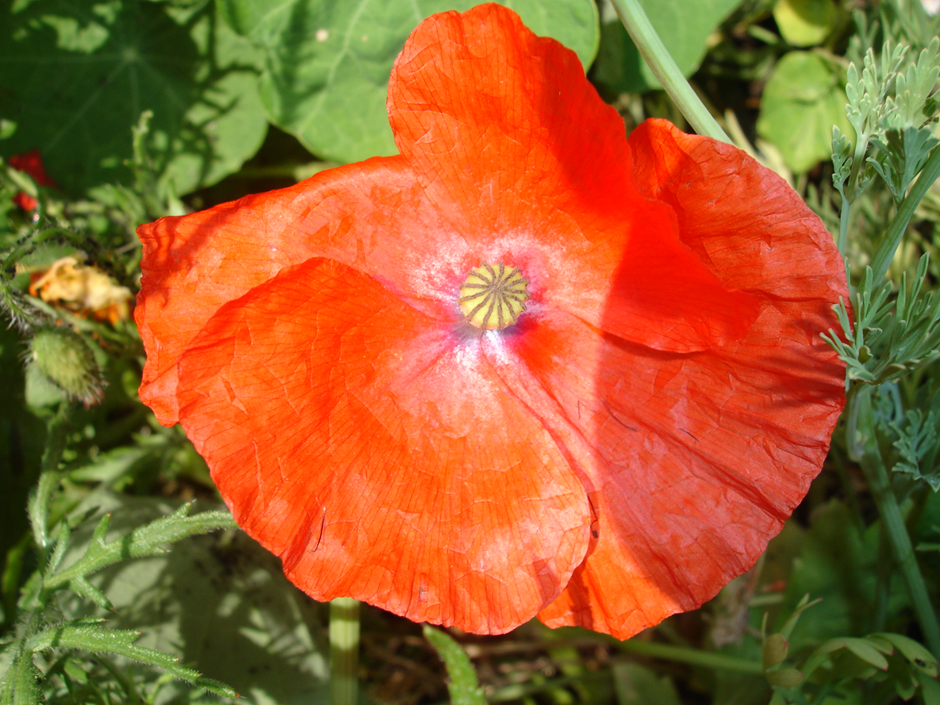
True wild form poppies are native to the UK.

Cornflowers are also a UK native.
Gardening for Pollinators
Gardening for pollinators can increase biodiversity by attracting more pollinators and giving them the food needed for survival. All you need to do is plant plenty of flowers, especially native ones. You could also try cutting your lawn less often to allow lawn ‘weeds’ to flower too. These may help you attract more pollinators to your garden as they learn that it is a hotspot for food.

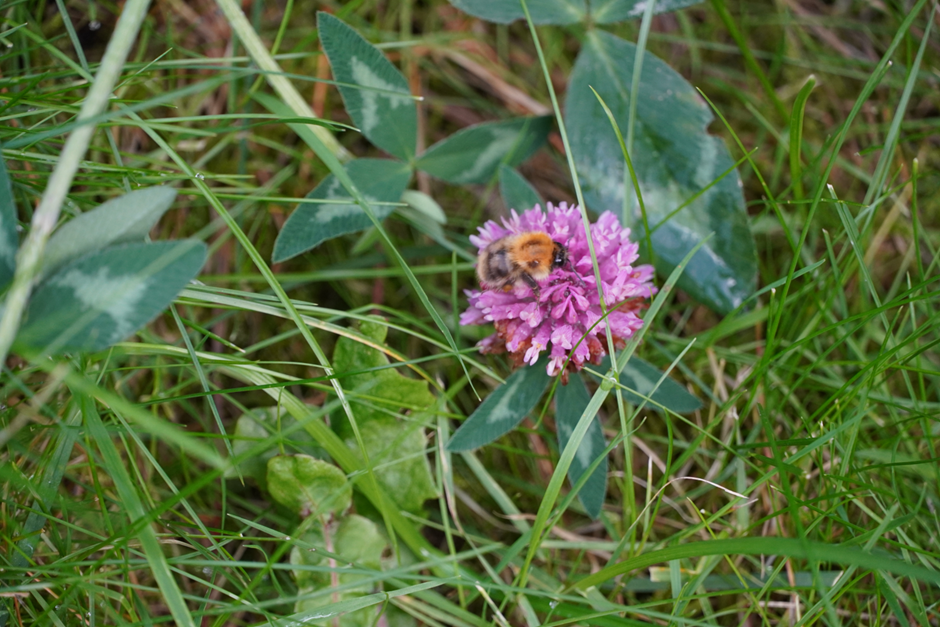
Just Plant More Plants
Even if you don’t have a great big garden, adding any plants will be more biodiverse than just a patch of grass. You can start small and add more over time if you want to, as any amount of plants increases biodiversity. Pots and containers can be used if you don’t have access to soil.
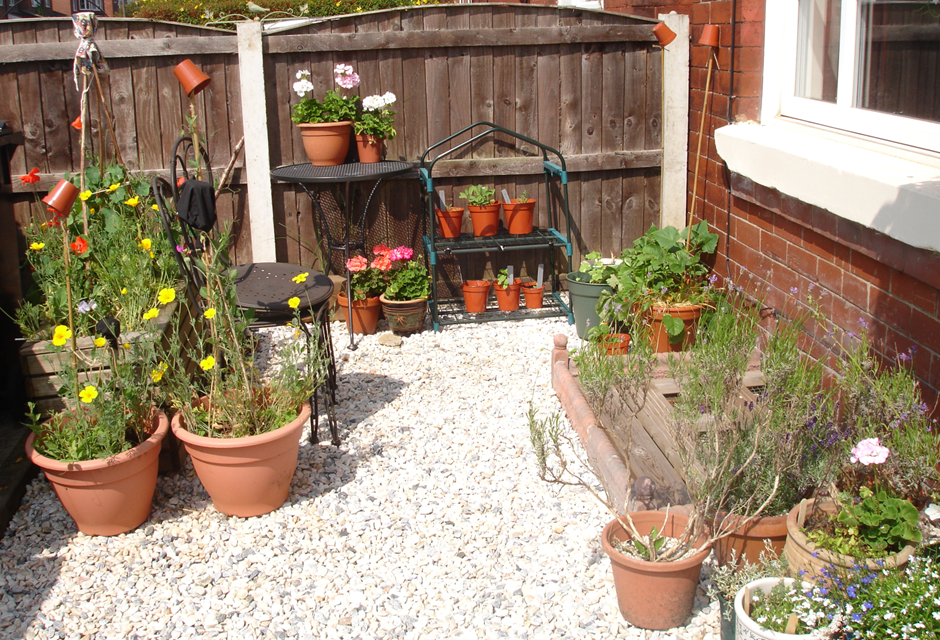
This is our front space where we used containers for flowers, herbs and vegetables.
In our back garden, we removed some pieces of lawn to make space for more plants.

This is what it looked like before we dug out the lawn.
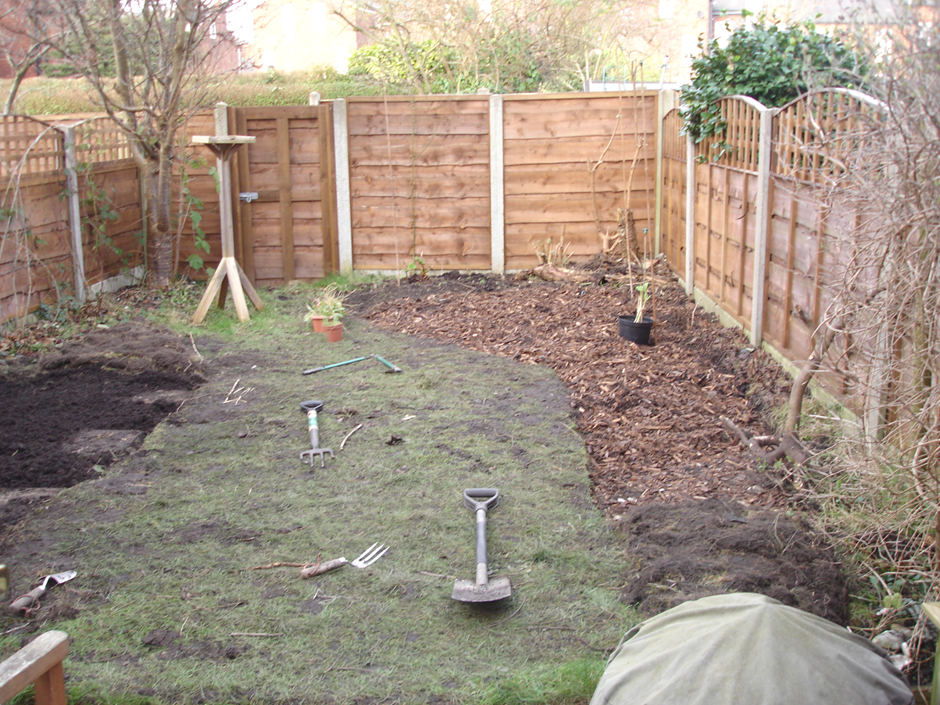
During digging out.

Later in the year when the plants had started to grow.
Seeing what other people have planted can give you ideas to try in your own space. If you are local to the Heatons, you could take a wander past the Heaton Mersey Village Garden — it was definitely one of the many sources of inspiration that got us started.
All photos copyright Alec Bayliss.

